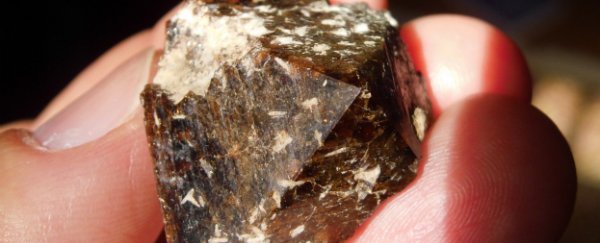A team of scientists from James Cook University in Australia has discovered tiny crystals of a mineral called zircon inside volcanic rocks from Vanuatu - and research suggests they originally came from the north of Australia.
While that may not sound too strange, zircon isn't usually found in the region, and geologists have long thought that the volcanic Vanutatu islands, which are around 2,200 km east of Australia, were isolated from continental influences.
According to geologist Carl Spandler, one of the research team, the zircon "shouldn't be there" - and its discovery has big implications for our understand of how continents are made.
"The range of ages of the zircon crystals from Vanuatu closely matches the age of rocks that make up northern Australia. There is nothing else like it in the south-west Pacific," said Spandler in a press release.
The research team used radiometric dating techniques to work out that the crystals are around 3 billion years old - which is the same age as very similar crystals found in northern Australia.
It's now believed that this little fragment of Australia separated from the mainland around 100 million years ago, before being carried up in magma from the depths of the volcanic plumbing systems.
But the scientists still aren't sure how it could have made its way there if Vanuatu wasn't involved in continent formation, and are now investigating the process further.
"Just because island chains or land masses may be far removed from each other today, doesn't mean that they always were. This calls for a rethink of how we calculate the rates and processes of generating new crust on Earth," said Spandler in the release.
Fascinated in the formation of our planet? Find out more about studying geology at James Cook University.
